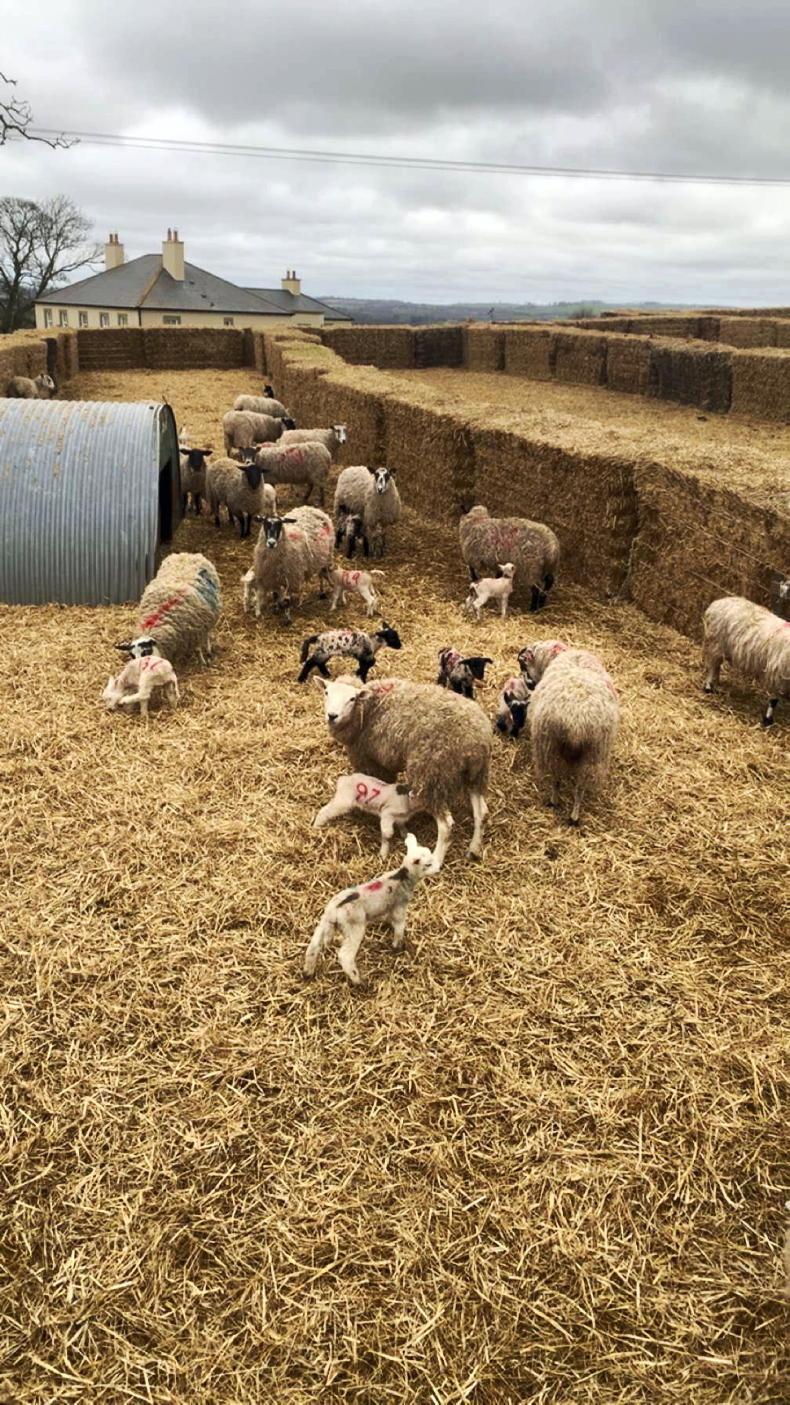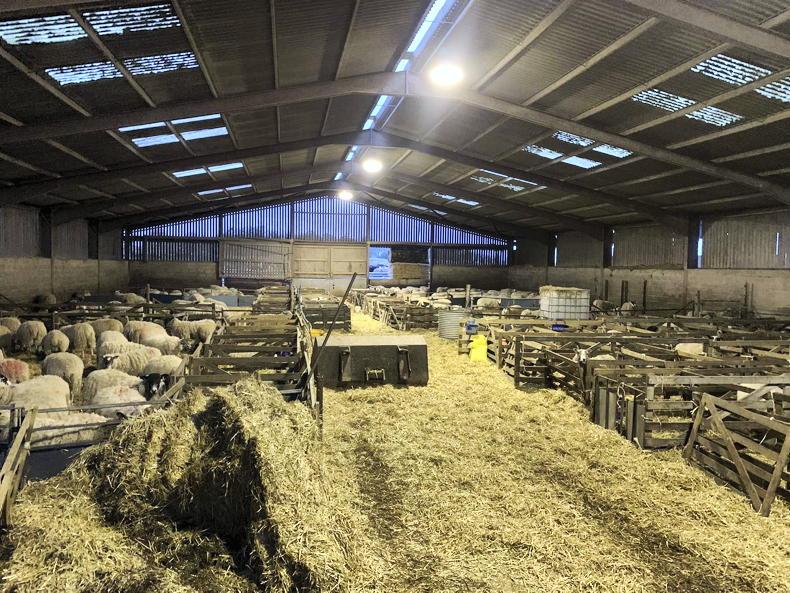Seán Myles and Conor Mitchell are third-year agricultural ccience students in UCD. Specialising in animal and crop production, they are currently completing their sheep placement in Scotland.
They are working for a family farm run by three brothers - Norman, Alastair, and Derek Whitten and their father Robert in West Longridge farm.
They farm 2,500ac, of which roughly 375ac is owned. Seán and Conor are based at the home farm where they are staying in Alistair’s house.
On deciding to go abroad for their sheep placement, they said: “We wanted to go abroad to experience lambing at a larger scale than at home. We got talking to lads that were here previous years and they really enjoyed their experience.”
Lambing
“At the home farm, they lamb 1,200 ewes indoors and lambing had just started a few days before we arrived in early March.
"They keep mainly Mule and Suffolk ewes and breed them to Suffolk and Texel rams. We lambed nearly 500 ewes in our first week, which was fairly hands on. Things quietened down in our second week and only 200 ewes lambed.
"Triplets are penned beside singles, so that both sets can be kept a close eye on to allow us to foster lambs from triplets on to singles.

"Sheep are penned individually once lambed and lambs' navels are dipped. They are injected with Betamox and vitamin E due to the sheep being on a straw diet.
"After one to two days, lambs are castrated and tailed, and numbered along with their ewe. They also have tar dipped on their backs to deter foxes.
"Ewes and lambs are then group penned in batches of 15 to 20 ewes in large straw-fenced pens outside for two to three days before being put on to grass away from the farm.
"Suffolks and Mules are separated before going to grass due to some ground being more suitable because of its hilly and rocky nature.”
Feeding
“Sheep are fed a high-protein nut morning and evening, along with fresh straw, and group penned based on whether they were carrying singles, couples or triplets. They are also fed hay and turnips. However, this is limited to prevent water belly and prolapse.”
Cattle and tillage enterprise
“The Whittens also run a herd of 250 suckler cows and buy in yearlings to slaughter at 30 months of age. In total, they keep around 800 to 900 head of cattle.

"They also have 300ac of tillage, mainly wheat and barley crops. However, stubble turnips are sown in winter to finish hoggets. They use all of their grain to finish cattle and also use all of their straw for bedding.
"It's very busy with lambs going out to grass, but we are enjoying the experience. The weather has been good, better than at home anyway, and we are being well fed and looked after.”






 This is a subscriber-only article
This is a subscriber-only article










SHARING OPTIONS: